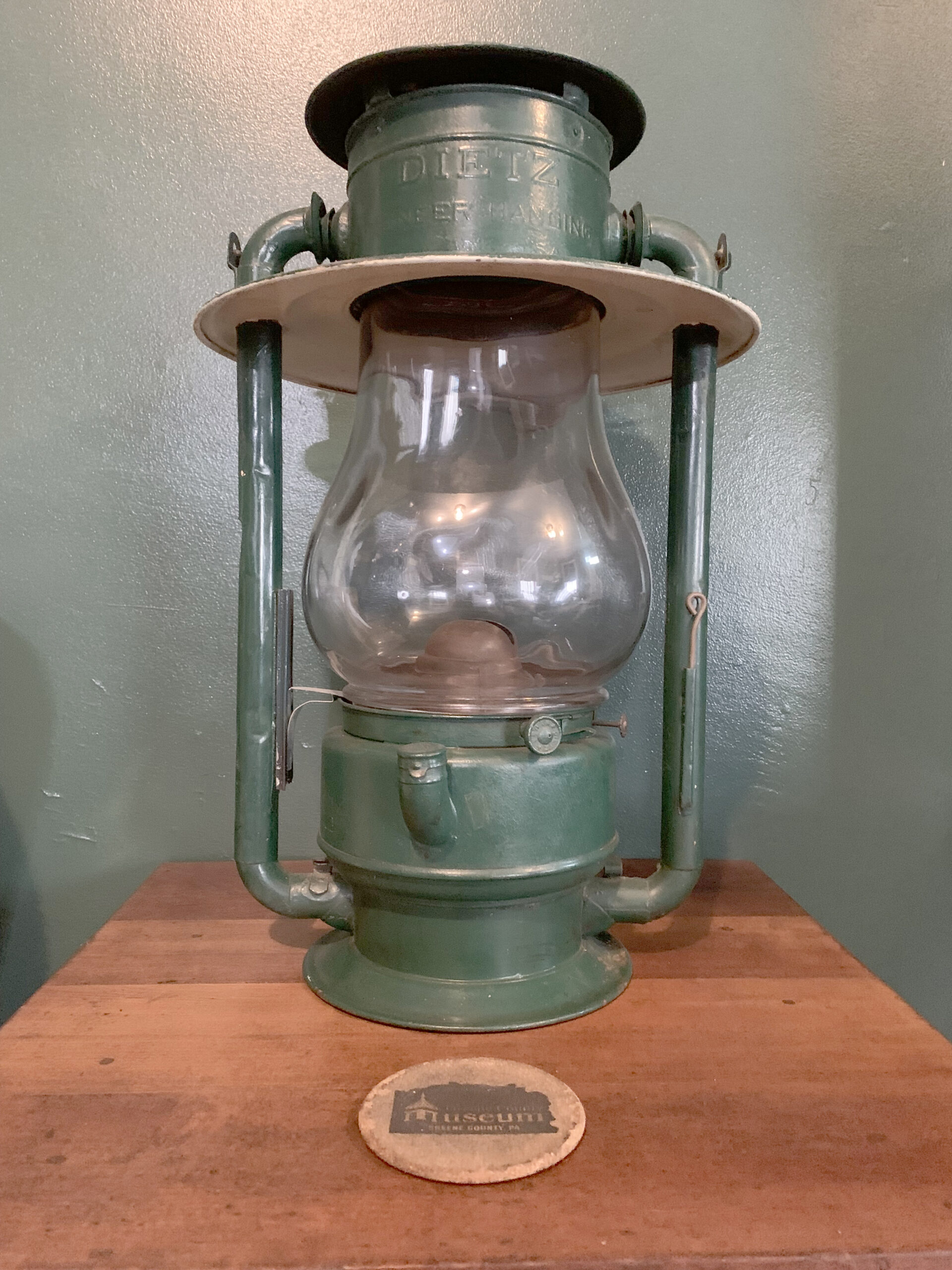As far as the length of human history goes, electrical lighting is relatively new. However, the need to light up the world is far from new. Even after the electric light was invented, it took a while for it to be commonplace everywhere. In rural places, like Greene County, it took much longer to get the basic infrastructure. Gas lighting was popular for a long time, but nothing beat the cost, simplicity, and comparative safety of kerosene.
Ignacy Lukasiewicz invented the first kerosene lamp in 1856. Lukasiewicz was a Polish pharmacist, engineer, entrepreneur, inventor, and philanthropist. In 1859, brothers Robert and Michael Dietz patented a flat wick burner that revolutionized the kerosene lighting industry.
At age 22 in 1840, Robert Dietz purchased a lamp and oil business in Brooklyn, New York. That business became the R. E. Dietz Company; it still exists to this very day. The R. E. Dietz Company started out making different kinds of lamps, but when the Dietz Kerosene Burner was introduced in 1859, their production shifted towards lanterns.
It’s a safe bet that almost everyone has seen or used a Dietz lantern in their life. They became the standard in the lantern industry, and the R. E. Dietz Company eventually bought out most of their competitors.
Starting about 1899 or 1900, the R. E. Dietz Company began producing the Blizzard and Monarch Lanterns. Both models proved very successful. They are still made to this day and made in a way that is largely unchanged from their original design.
Another model made for a period starting in the late 1880s through the 1930s was the Dietz Pioneer Lantern. That is the artifact we are showcasing this month. The Pioneer was a very large lantern, took a two-inch wide wick, and came in two different styles: one was mounted on a pole and used as a streetlight, the other was a hanging style lantern also used for outdoor lighting.
This Dietz Pioneer Lantern dates to the very early 1900s, likely somewhere between 1900 and 1915, and it was originally used in Phillipi, WV. Its original owner was Ervin Tenney, and a letter from Mr. Tenney and the R. E. Dietz Company from 1961 accompanies this lantern. In the letter, Mr. Tenney is looking for replacement parts for the lantern; it seems the lantern globe was broken. Unfortunately, he was unable to gain the parts he needed from Dietz. In the reply, he was told they stopped making parts for that model of lantern some 30 years ago.
Luckily, Mr. Tenney did eventually find and install a replacement globe for this lantern, and this lantern still works to this day!
Want to see more cool artifacts like this? Check out the Greene County Historical Society Museum! You Find them on Facebook!

